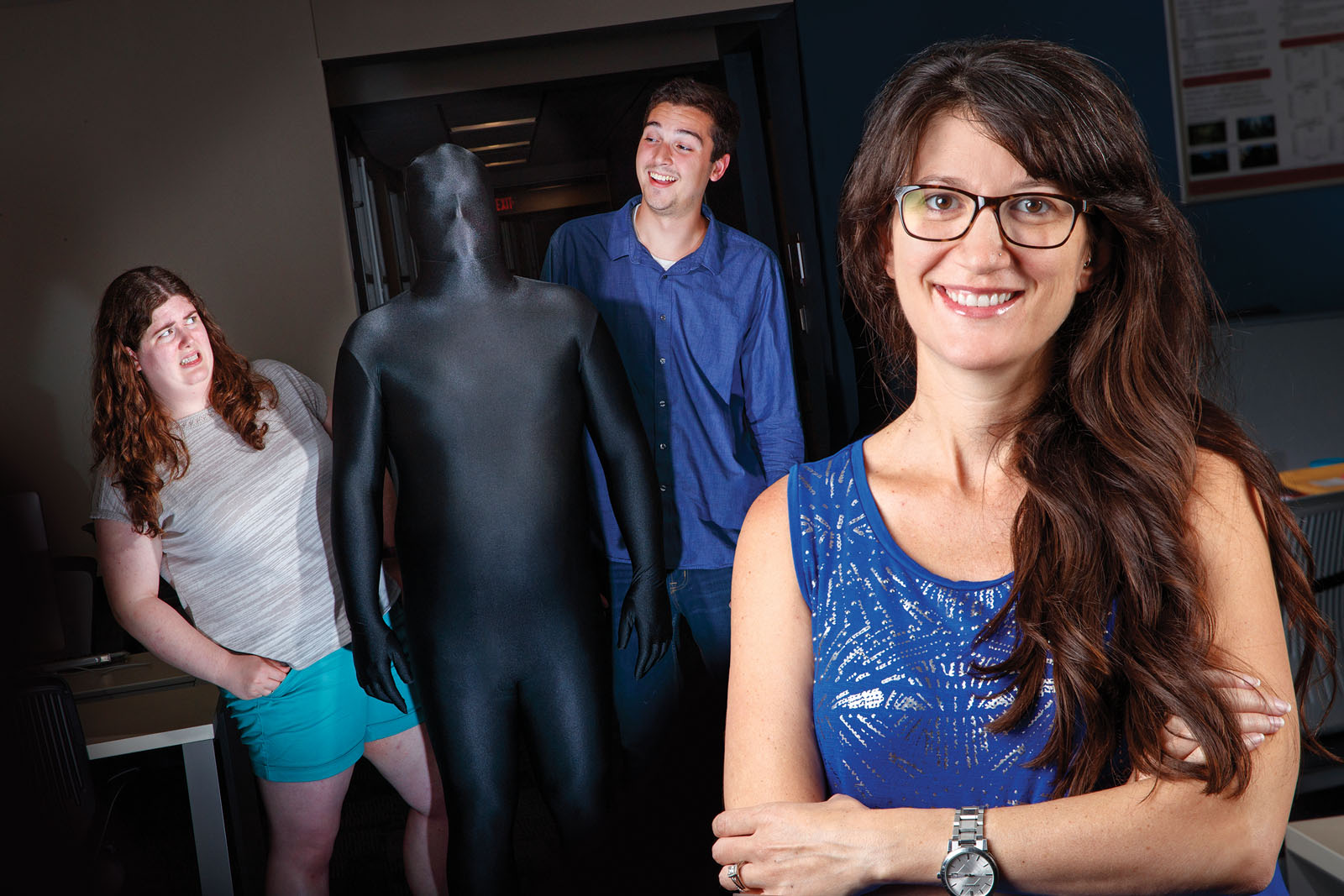Aging Brains Look on Bright Side
Even as your knees get creakier and your hair grays, chances are you’re putting an increasingly positive spin on life.
Nebraska’s Maital Neta, assistant professor of psychology, aims to understand why people interpret ambiguous everyday events (are they whispering about me?) more favorably as they age. Her research could one day help inform treatment options for depression, anxiety and similar maladies.

To study how brain wiring changes with age, Neta earned a nearly $757,000 Faculty Early Career Development Program award from the National Science Foundation, the prestigious award given to outstanding pre-tenure faculty.
Neta’s team shows pictures of faces with surprised expressions to people undergoing functional MRI scans and analyzes the brain images. Surprise is one of few facial expressions that could indicate a positive or negative event.
Studies suggest that some people naturally assume the best (look, a gift!), some the worst (look out, a bus!) and most shift between the two.
In the brain, interpreting the meaning of surprised facial expressions resembles how it processes other ambiguous events, such as winks and vague comments.
As people age, they become more motivated to enjoy life and savor the relationships they have, said Neta, an affiliate with the Center for Brain, Biology and Behavior.
+ Additional content for Aging Brains Look on Bright Side
Project explores why aging brains stay on the sunny side